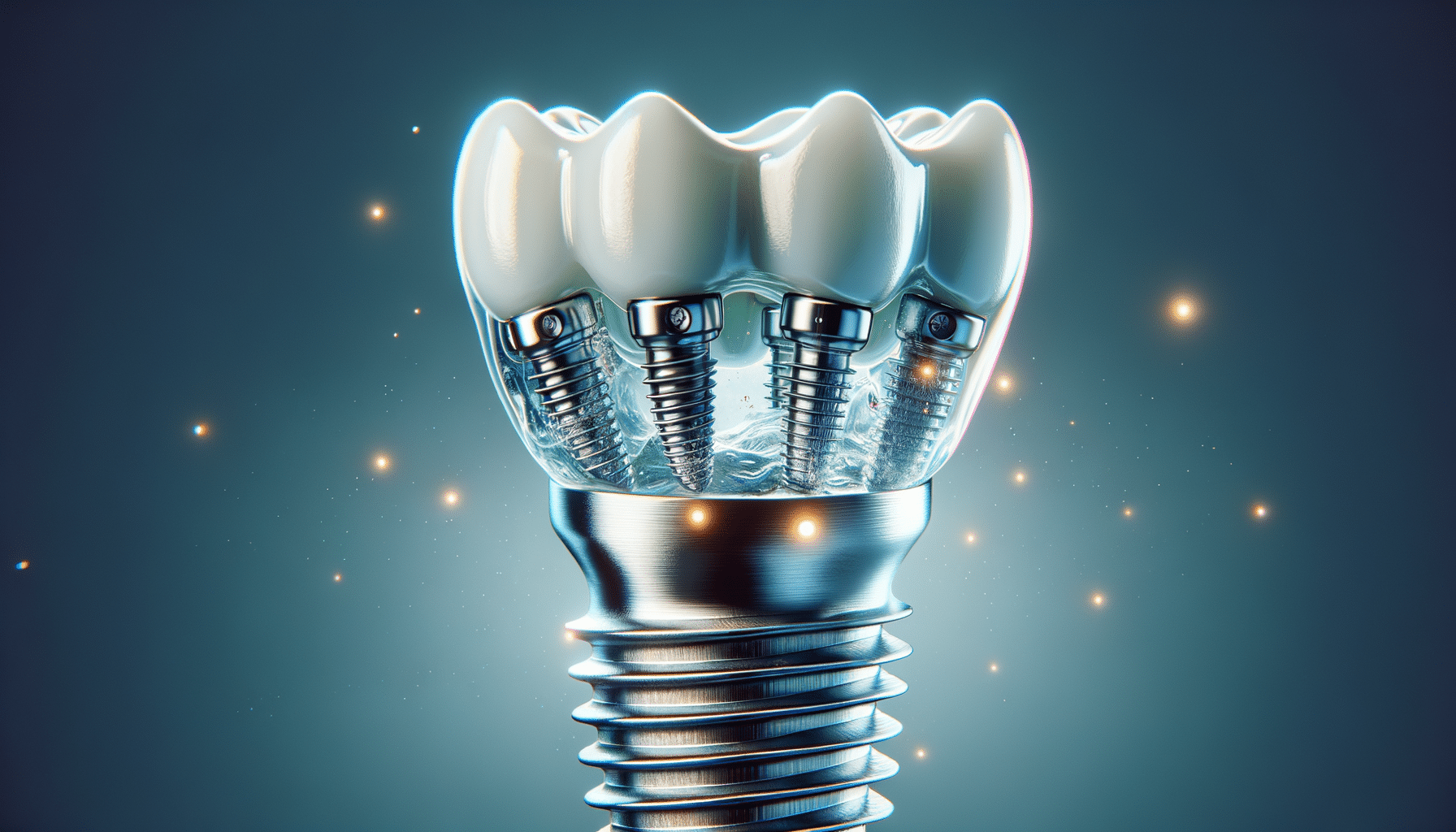
How to Spot the First Signs of Puberty in Girls
As a parent, nothing quite prepares you for the moment you realise your little girl is growing up. One day, she plays with dolls. The next day, you see small changes in her body or mood. You start to wonder Is puberty beginning already?
Puberty can feel like a mystery, full of changes that arrive suddenly and questions that catch you off guard. Knowing the early signs of puberty in girls is important, whether you’re a first-time parent or helping your youngest.
In this post, we’ll cover what you need to know about puberty. We’ll discuss milestones and the typical timeline. This way, you’ll feel confident and ready to support your child.
What Is Puberty, and Why Does It Matter?

Puberty is the process where a child grows into a mature adult. During this time, they become capable of reproduction. It’s not just about physical growth — it also brings significant emotional, hormonal, and cognitive changes.
For girls, puberty typically begins between ages 8 and 13, but it can start earlier or later, and that’s entirely normal. Knowing what to expect can lower anxiety for you and your child. It also promotes open and healthy talks.
The Puberty Timeline in Girls: What to Expect
Every child develops at their own pace, but the puberty timeline usually follows a general pattern.
Here’s a rough idea of what that looks like:
- Early Signs (Ages 8–10)
- Breast budding (thelarche)
- Body odour
- Mood swings or emotional sensitivity
- Growth spurts
- First pubic hairs
- Mid-Puberty (Ages 10–12)
- Breast development continues
- Hair growth under the arms
- Oily skin and occasional acne
- Increased sweating
- More noticeable mood changes
- Late Puberty (Ages 12–14)
- Menstruation begins (menarche)
- Growth slows down
- Body shape becomes more adult-like (wider hips, fuller breasts)
- Emotional maturity increases
Keep in mind — these are average ranges. Some girls may start earlier, and others later. If you notice signs before age 8 or after age 14 with no progress, it’s worth checking in with a GP for guidance.
Spotting the Early Signs of Puberty in Girls
Let’s dive deeper into those early markers that often raise the first red flags for parents.
1. Breast Budding (Thelarche)
This is often the first visible sign of puberty in girls. You may notice small, firm lumps under one or both nipples, often mistaken for a medical issue at first. Rest assured, this is completely normal.
Some girls may feel soreness or tenderness in the area. A soft, comfortable bra or crop top can help ease the transition.
2. Body Odour and Sweat
Suddenly noticing stronger body odour after school or sports? That’s a sign the apocrine sweat glands are activating, triggered by hormonal changes.
Start discussing basic hygiene gently. Introduce deodorants and shower routines. Explain the changes happening to her body so she doesn’t feel embarrassed or confused.
3. Growth Spurts and Shoe Sizes
One day, the school uniform fits; the next, the sleeves are halfway up her arms. Growth spurts — often rapid — are part of early puberty.
Girls may grow 5 to 7.5 centimetres a year during this phase. Shoes are often outgrown before clothes. Some girls report aches in their legs or back during these periods, commonly known as growing pains.
4. Pubic Hair Development
A few wispy hairs in the pubic area might appear early in the process. This can feel surprising, especially if your child is unsure what’s happening. Be open, calm, and reassuring — this is a perfect time for a private, age-appropriate chat.
Pubic hair typically starts soft and light before becoming darker and curlier as puberty progresses.
5. Emotional Changes
Mood swings, sensitivity, and emotional outbursts can begin sooner than you think. These shifts are driven by fluctuating hormones, particularly oestrogen and progesterone.
You might notice:
- Tearfulness over minor issues
- More intense friendships or social dramas
- Increased need for privacy
Try not to dismiss these moments as “overreactions.” Instead, validate their feelings while helping them develop coping strategies.
Talking to Your Daughter About Puberty
Many parents dread the “puberty talk,” but the truth is — it’s not one big chat. It’s an ongoing conversation.
Here’s how to make it easier:
Lead with Curiosity, Not Control
Ask questions like, “Have you noticed any changes in your body lately?” This opens the door gently without making her feel singled out or judged.
Use Media and Books as Conversation Starters
TV shows, books, or even social media can create natural openings to discuss body changes or emotions.
Keep It Age-Appropriate
You don’t need to explain everything at once. Focus on what’s relevant to her experience right now, and let the conversation evolve as she grows.
Be Honest but Reassuring
If she asks about periods or body changes, give accurate information but keep the tone light and positive. Reassure her that everyone goes through this — just at their own pace.
When Should You Be Concerned?

While most changes are part of healthy development, certain signs may warrant a visit to the doctor:
- Signs of puberty before age 8
- No breast development by age 13
- Menstruation not starting by age 15
- Rapid development over a few months
- Emotional changes causing severe distress
These might indicate precocious puberty or delayed puberty, both of which can be assessed by a healthcare provider.
Real-World Example: Lisa and Emma’s Story
Lisa is a mum of two in Manchester. She noticed her 9-year-old daughter Emma was becoming more withdrawn and often complained about sore nipples.
“At first, I panicked,” she admits. “I thought it was a cyst or something wrong.”
After a gentle conversation and a quick GP visit, Lisa learned that Emma had started thelarche — the first stage of puberty.
“We bought her some soft crop tops and had our first real talk about body changes. It actually brought us closer.”
Stories like Lisa’s highlight the power of being informed and open. Puberty doesn’t have to be awkward — it can be a bonding moment.
Tips for Supporting Your Daughter During Early Puberty
Here are some practical ways you can help:
- Create a puberty kit: Include deodorant, a training bra, panty liners, and wipes. Let her keep it in her school bag for emergencies.
- Keep communication open: Let her know she can talk to you — or another trusted adult — anytime.
- Reinforce self-esteem: Compliment her strengths, talents, and resilience, not just appearance.
- Normalise the experience: Mention your own memories if appropriate — it helps her feel less alone.
- Encourage sleep and good nutrition: Hormonal changes require lots of energy and rest.
Conclusion: Be Her Guide, Not Just a Bystander

Noticing the early signs of puberty in girls can be daunting. But it’s also a chance to be a strong, supportive presence during this important transition in her life.
Knowing the puberty timeline and key milestones can help your daughter. It can reduce her confusion, anxiety, and self-consciousness.
Remember: she doesn’t need perfection — she needs presence, patience, and reassurance.
So, keep the dialogue open, offer your support, and show her she’s not alone in navigating these changes. She’ll remember that forever.
Have you noticed early puberty signs in your child? How did you handle it? Drop a comment below to share your story — or share this article with a friend who might need it. Let’s make puberty a conversation, not a taboo.


